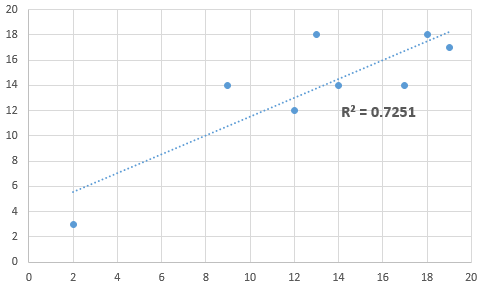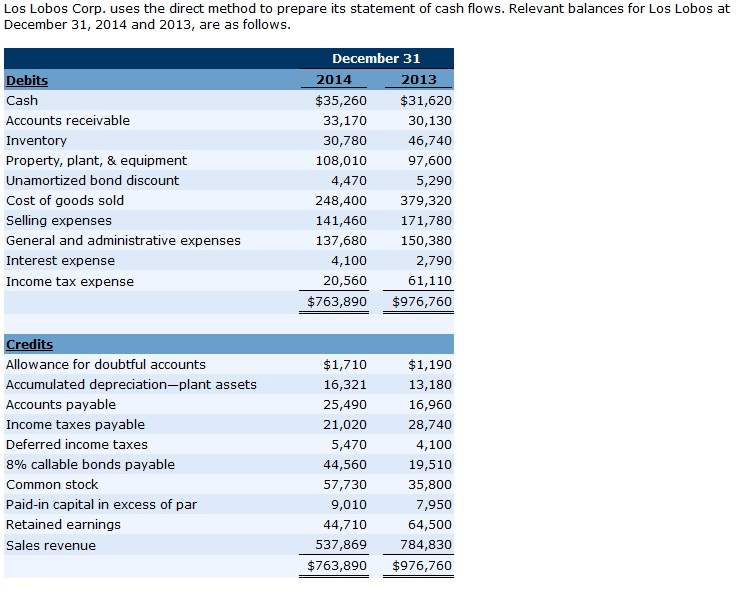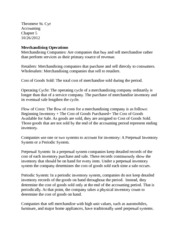
If you think the position you’re hiring for lends itself better to remote work—because it isn’t core to your business, and doesn’t require the worker to meet/collaborate with other employees—hire a 1099. That being said, there are situations where hiring a W-2 is cheaper. Salespeople, marketers, software developers and other independent professionals can charge high hourly fees.
Prioritizing care: Why W2 remains the right model for nurse staffing – McKnight’s Long-Term Care News
Prioritizing care: Why W2 remains the right model for nurse staffing.
Posted: Wed, 03 May 2023 07:00:00 GMT [source]
They’re also entitled to participate in your benefits like health and dental insurance, which are often better than what they can afford on their own. If you offer a competitive package, it can go a long way towards making employees feel valued, which can improve performance and productivity. In December 2022, the Bureau of Labor Statistics found that benefit costs accounted for 31 percent of wages and salaries for workers in private industry. After reading this, you’ll have the information you need to decide whether a 1099 worker or W-2 employee makes the most sense for your business. The county views him as an employee and issues him a Form W-2 for these services.
What Are the Important Deadlines for Filing W-2s and 1099s?
That can mean some additional work on the employer’s end that you may not be looking for. If you’re an employer, it’s a good idea to remember 1099 independent contractors still require W-9 forms and valid taxpayer IDs (EIN or Social Security Number). And it can pay to make sure your 1099 contractor isn’t subject to backup withholding. When you’re looking for employees for your small business, it’s important to understand what the difference is between 1099 and W-2 employees and determine how each could help your business. The terms “1099 worker” and “W-2 employee” refer to the respective IRS tax form employers are required to send. However, there are a few big differences between a 1099 contractor and a W-2 employee.
For an independent contractor, information on a 1099 helps them report income to the IRS and determine appropriate tax liability. For 1099s, these forms can be sent electronically to independent contractors as long as they’ve given prior consent to receive their form in this manner. 1099s must be transmitted to the IRS electronically if the company has 250 or more 1099 vs w2 1099s. Electronic filing is done through the Filing Information Returns Electronically (FIRE) system (employers must register to do this if they plan to file themselves). When a business hire’s them, the business is essentially their client. W-2 employees are your company’s workforce, participating in employee benefit programs and fulfilling business needs.
vs. W-2: Difference Between W-2 Employees & 1099 Contractors
Contractor, or 1099, employees are not typically entitled to standard benefits of full-time employees, however, you can still offer benefits as an employer. For example, in addition to your W-2 employees, your 1099 workers could help qualify your business for a small business health insurance policy. Consider benefits such as retirement plans, discounts, educational resources, or health, dental, and vision insurance as possible benefits for 1099 employees. Once you’ve decided whether to hire employees or contractors — or both — you need to get familiar with the forms that the IRS requires you to submit for each type of worker.
- Independent contractors take on the risk of profit and loss from carrying out a project.
- It also lets you pay both employees and contractors with direct deposit.
- However, when it comes to taxes, the one upside for 1099 workers is that most of the expenses they incur to complete their work can be deducted.
- Form W-2 goes to any employee who earns at least $600 from an employer.
- Independent contractors come with several benefits, from reduced tax expenses to seasonal flexibility, that can drastically reduce your hiring costs and fill any gaps in employment.
Before joining LendingTree, Kurt spent a past life as an academic, studying U.S. history. He now brings that near-decade of teaching, writing and editing to help people better understand personal finance. Designed for business owners, CO— is a site that connects like minds and delivers actionable insights for next-level growth. Practical and real-world advice on how to run your business — from managing employees to keeping the books. When in doubt, err on the side of caution and classify the worker as an employee.
What’s the difference between W-2 and 1099 workers?
Are you telling the worker what tools to use, when to work, or how to do the work? If so, they are more likely to fall under the category of a W2 employee. If they are bringing their own tools/software and simply agreeing on requirements, they are more likely a 1099 employee.
A 1099 form is an annual information return listing the gross amount of payments made to an independent contractor. It’s required to be filed by the business for whom services were performed if payments to an independent contractor during the calendar year total $600 or more. In contrast, independent contractors are essentially workers in business for themselves.
Advice For Job Seekers
W-2s and 1099s are just some of the tax forms you need to use when you hire employees and contractors. For information on the other forms, consult the IRS website or your accountant. Here’s a breakdown of some of the pros and cons for both independent contractors and employees. Under this test, no one factor stands alone in making a classification determination. You need to weigh all factors (and take into account other applicable tests) when determining whether an individual is an employee or an independent contractor. Look at the entire relationship, consider the degree of control, and document each of the factors used in making a determination.
And they can provide similar services to other businesses and can accept or turn down work opportunities as they wish. Form W-2 is an annual information return provided to an employee listing taxable wages as well as income tax withholding and withholding of Social Security and Medicare taxes. The form also lists various employee benefits (some taxable, some tax-free) as well as state income tax withholding. It must be filed by the employer for each employee, regardless of the amount of compensation paid during the year. A professional employer organization is a long-term solution to help with short-term employee challenges. They have the ability to outsource HR tasks such as payroll, filling out tax forms, and worker’s compensation while maintaining control of day-to-day responsibilities for employees themselves.
Keep in mind that there are different terms to refer to a 1099 worker like an independent contractor, self-employed individual, freelancer, or gig worker. These workers are business owners themselves who provide set services to your company and are not on your payroll like a company employee. This worker receives a 1099 for payments during the time of being an independent contractor, and a W-2 for payments once the person is put on the payroll. But businesses should be careful about changing worker classification from employee to independent contractor or vice versa, particularly if the person continues to perform the same work in the new status. Businesses are required, through the filing of information returns, to tell the Internal Revenue Service (IRS) about payments they made for work performed.

When breaking down the differences between 1099 and W-2, there are other considerations to keep in mind, such as hourly rates, salaries, and benefits. Kelly is an SMB Editor specializing in starting and marketing new ventures. Before joining the team, she was a Content Producer at Fit Small Business where she served as an editor and strategist covering small business marketing content. She is a former Google Tech Entrepreneur and she holds an MSc in International Marketing from Edinburgh Napier University. Offer health, dental, vision and more to recruit & retain employees.
Will One Late Payment Affect Credit? – The Essential Guide
However, they often receive fewer benefits and have far more tenuous employment status with their organization. Labor costs continue to be the largest expense many employers have, representing as much as 70% of a business’s expenses according to data from Paycor. No matter how strong the economy is, employers are always looking to save money on labor. If you’re unsure how to classify your employees, you can file a Form SS-8 to the IRS. They will review the nature of the relationship between the employer and the employee and give you an official determination.
IRS reminds employers of January 31 deadline for Form W-2, other … – IRS
IRS reminds employers of January 31 deadline for Form W-2, other ….
Posted: Tue, 31 Jan 2023 08:00:00 GMT [source]
Instead, an employee’s direct relationship with a business is more important to the IRS. For example, if a worker’s relationship with a business is supposed to extend indefinitely, then they are probably a W2 employee. In contrast, a worker hired for a specific time is likely a 1099 contractor.

Remember to review Social Security, Medicare, and FUTA regulations to make the proper income deductions and allocations. Look for upcoming IRS deadlines before handing employees a W-2 or contractors 1099. Work relationships with a defined amount of time or a specific project could indicate the worker is an independent contractor. If the worker receives less extensive instructions about the work to complete but not how it should be done, the worker may be an independent contractor.